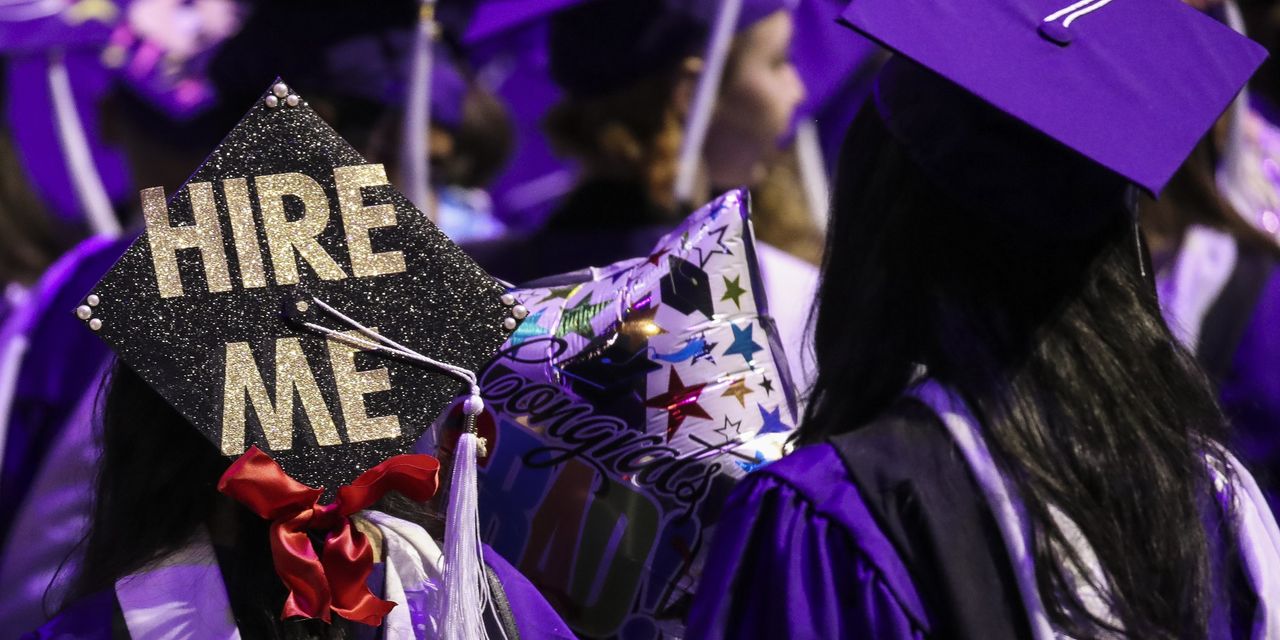More than 1 million college students could be at risk of not earning the bare minimum economic return that would make post-secondary education worth the money.
That’s one takeaway from a report released Wednesday, which explores how policymakers could ensure more students receive economic value from college. The analysis of publicly available data, published by the Institute for Higher Education Policy, found that the average student at 507 different U.S. schools doesn’t earn as much as the typical high school graduate in their state plus enough to recoup their investment in higher education in 10 years.
These schools enroll nearly 1.5 million undergraduate students.
“We should expect at a minimum that colleges are not leaving students worse off than had they not attended,” said Diane Cheng, IHEP vice president of research and policy.
To determine how many colleges provide students with a minimum economic return, researchers looked at a school’s typical net price, or the amount a student would pay to attend after accounting for grants and scholarships. The researchers assumed a student would borrow to pay that whole amount and amortized that cost, including interest, over 10 years. The researchers then added that figure to the median earnings of a high school graduate in the state where a college is located. They then compared that number with the median earnings of students who attended that college 10 years after they entered school.
The majority of schools, about 83%, do meet this “minimum economic return threshold,” as the report describes it. But whether college delivers on what students expect when they enroll and what policymakers and higher education leaders promise is more complicated than if students can meet this bare economic minimum.
Indeed, the work underpinning Wednesday’s analysis acknowledges that whether a school delivers on its promise to students is about more than their ability to earn a basic economic return. The report draws on the efforts of the Postsecondary Value Commission, an initiative that was managed by IHEP and brought together stakeholders to define and measure college value and propose ways to ensure more students are receiving it.
As part of its work, the commission developed a series of thresholds to measure how well colleges are delivering value to students. These thresholds include whether students reach at least median earnings in their field of study; whether colleges help students move up the income ladder; and whether schools help students generate enough wealth to withstand financial shocks. The report released Wednesday analyzes how many colleges are meeting the lowest of these metrics, known as “threshold 0.”
Do colleges help students build wealth and economic security?
Mark Huelsman, the director of policy and advocacy at the Hope Center at Temple University, said policymakers and other stakeholders should consider how many students are meeting these kinds of benchmarks that are the “next level up” from a basic economic return when assessing how well our college finance system is working for students.
“It’s important to pay attention to whether families are able to build wealth, whether borrowers are happy in their lives, whether they feel like they can start a family, whether they can make the economic and other choices we would want them to make based on going to college and hopefully finishing,” he said. “If you look through that lens I have an extreme amount of worry.”
For Wednesday’s report, the authors didn’t analyze how many schools are meeting the metrics beyond the basic economic return, but other data indicates that student debt, a tool aimed at increasing economic mobility, is making it difficult for a large swath of borrowers to achieve economic security. In 2019, almost half of young student-loan borrowers owed more on their debt than they did in 2009, and a quarter owed at least double what they owed 10 years earlier. That’s according to an analysis published by the Jain Family Institute of one million consumers between the ages of 18 and 34.
And how much value students reap from their college experience can also vary by race. For example, one year after graduating from undergrad, Black women owe $41,466 in student debt compared to $33,852 for white women. One of the thresholds developed by the Postsecondary Value Commission asks whether schools are setting up women, students of color and low-income students to have pay equal to their white, wealthier and male peers in the same fields.
The question of whether college is delivering economic value and for whom is at the heart of the debate over the government’s role in making attending college less financially risky and the repayment of student debt less onerous. Proponents of mass student-debt relief, which is currently under review at the Supreme Court, say it’s necessary in part because funding rising college costs through debt is a policy error that needs to be rectified.
The report explores the impact of other proposals to increase the government’s investment in higher education on the number of students who would get a basic economic return from college. The authors found that doubling the maximum Pell grant, the money the federal government provides to low-income students to attend college, would help 95 more colleges, which enroll more than 600,000 students, deliver a minimum economic return.
In other words, “it increases the chances that [students] are better off after having gone to college than if they hadn’t,” Cheng said.
In addition, implementing a first-dollar free college program, or an initiative where the government provides free college and students can use other state and federal student aid for expenses like books and rent, would allow 44 schools that enroll about 216,000 students each year to deliver a minimum economic return, the analysis found.
These initiatives wouldn’t directly address whether colleges that don’t deliver a minimum economic return are doing enough to prepare students for the labor market. Many of the roughly 500 schools in IHEP’s analysis that didn’t set students up to recoup their investment are for-profit colleges. Advocates and regulators have pushed to cut these schools off from federal financial aid funding if they’re not preparing students for gainful employment.
But colleges of all types aren’t providing a minimum economic return, the analysis found, including private non-profit colleges, as well as four-year and two-year public colleges.
In the case of some colleges that struggle to provide students with a minimum economic return, increasing government investment could help, Huelsman said. Community colleges, regional public colleges and Historically Black Colleges and Universities, which educate the bulk of the nation’s students of color and low-income students, often have fewer resources to help students get through school and into decent paying jobs.
“Investment is a quality strategy,” he said. “Equalizing the funding across institutions — that’s a strategy for providing value in whatever definition we give to the word value.”
Read the full article here













